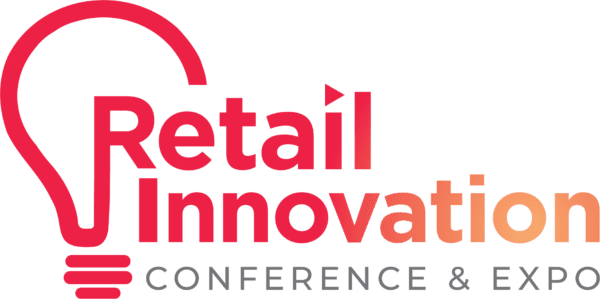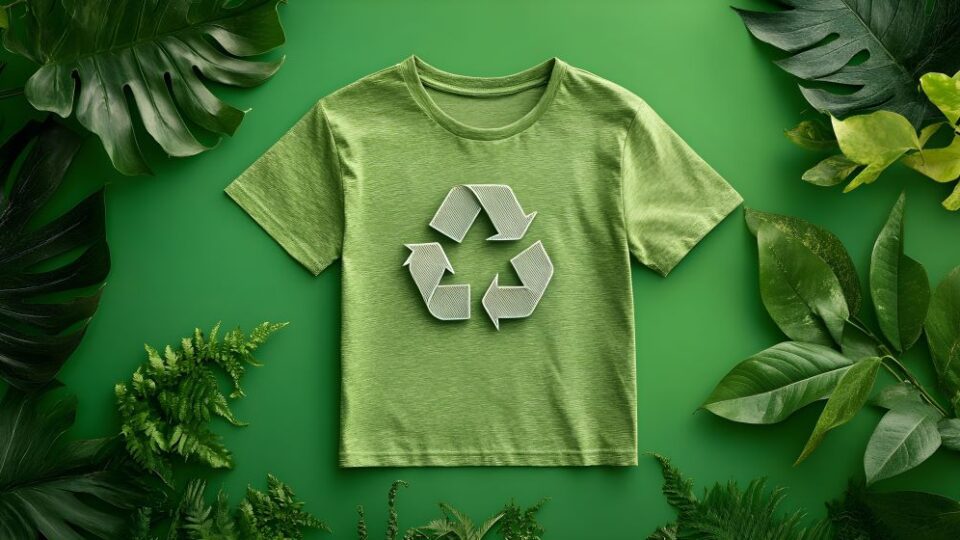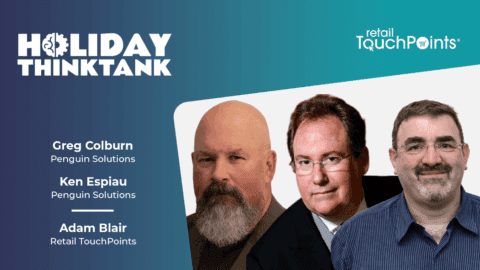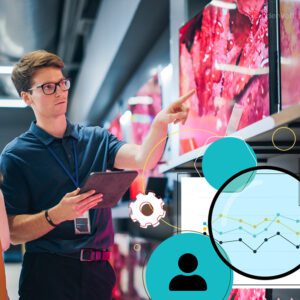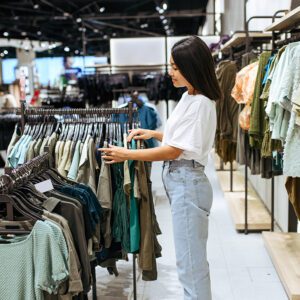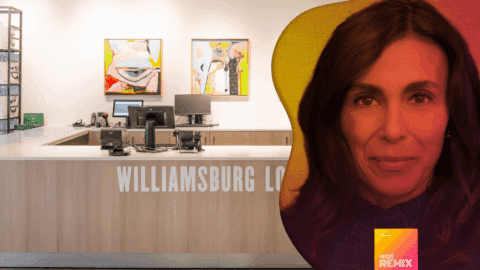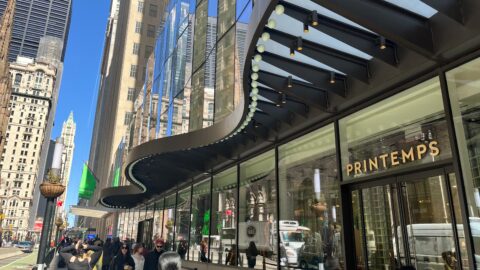One can argue about the economic value of tariffs themselves, but the uncertainty of U.S. trade policy under the current administration is definitely a negative for both businesses and consumers. “The typical company has been through a challenging scenario-planning cycle over the last several months,” said David Linich, Sustainability Principal at PwC U.S. in an interview with Retail TouchPoints.
But as retailers and brands explore potential alternate sources of supply, they will need to consider more than what the tariff rates are (or might be) from different countries. “There are other variables to be considered [if you decide to] redirect sourcing to one country or another,” said Linich. “Are there human rights issues? And what about new sustainability complications, such as [the carbon impact] of transporting items over a longer distance? As companies wonder about how else they could get the same inputs [as before], the idea of circularity is reintroduced into the consideration set.”
Linich shared his thoughts on the interplay of sustainability, circular commerce and trade policy.
Retail TouchPoints (RTP): What have been some of the biggest hurdles companies have faced in trying to make their supply chains and product lifecycles more sustainable?
David Linich: Previously, many companies have thought about circularity, run the numbers and determined that it didn’t make business sense [to pursue]. Now there are a lot of pilots going on with apparel and textiles, but when I worked on this previously, it didn’t pencil out at that time.
Another big challenge that I often see in circularity is that there’s very little you can do just within your four walls — to do this well, you must collaborate.
RTP: What’s changed to bring sustainability and circularity back into the discussion?
Linich: One factor is that tariffs are forcing companies to rethink their inputs in any case. Another consideration is that some consumers are more willing to pay a higher price point for more sustainable products.
There’s also the waste stream [at the end of a product’s lifecycle]. There’s now a better ability to evaluate that waste stream using AI, and also to use precision robotics to pull out and reuse the most valuable components. Take semiconductors, which use a lot of copper; now, companies can be thinking about using recycled copper as an input. A lot of water goes into mining virgin copper, so that’s becoming an increasingly at-risk commodity, with more drought-affected areas making it harder to get the water and mine the copper in the same way as before. Of course, if [virgin copper] is also subject to tariffs, that’s another factor.
It should be noted that companies that [want to] capture recycled copper may need to source from and work with new companies, which means establishing new relationships, setting expectations around quality and timeliness, and that all takes time.
Another example in the technology space is smartphones, which have a lot of precious materials within them. A lot of cellphone carriers and phone manufacturers are realizing that this is an important waste stream to maintain in order to support refurbishing and reselling the same product. Getting a longer life from phones is becoming an important aspect of financial success for carriers.
RTP: We’ve all heard about the challenges to sustainability from fast fashion, including tons of apparel being burned or ending up in landfills. What’s happening in terms of post-consumer usage in apparel?
Linich: Textile [circularity] can be challenging, because the purity of the waste stream is important. Many textiles consist of multiple materials blended together, which makes it harder to use going forward. By comparison, 100% polyester or 100% cotton is easier to break down and reuse into new yarns, but we’re still working on the best way to handle polyester blends and other waste streams that aren’t as pure.
You also need to have a collection point for the materials themselves; then you need to get them to a shredder to get [the apparel] into a fiber format; and then to a spinner to spin it into yarns. A lot of those are “missing links” that aren’t fully built out yet.
Additionally, many retailers have felt like the kind of “take back” programs [needed to support circularity] are a cost that they shouldn’t have to bear. But if you’re looking at a broader business case, many retailers are now realizing that a take-back program is an opportunity to strengthen their relationship with customers — and they also simply help drive customers into stores.
RTP: Are you seeing other creative ways companies are trying to address sustainability?
Linich: Packaging for food, as at quick-service restaurants (QSRs), represents a big, costly waste stream, but there’s been a pilot of reusable, returnable packaging in Germany that has tapped into a different element of human psychology. For example, in the U.S., many states have “bottle bills,” meaning consumers get paid for bottles they return to a recycling center, and these generally have around an 80% return rate.
In Germany, they tapped into the fact that people have a high aversion to loss. There, the QSR “loans” the customer the reusable packaging, and if they don’t return it within 14 days, they are charged a fairly high amount. This program achieved a 99% return rate. There are some really interesting ideas being pursued that can drive both growth and circularity options.


